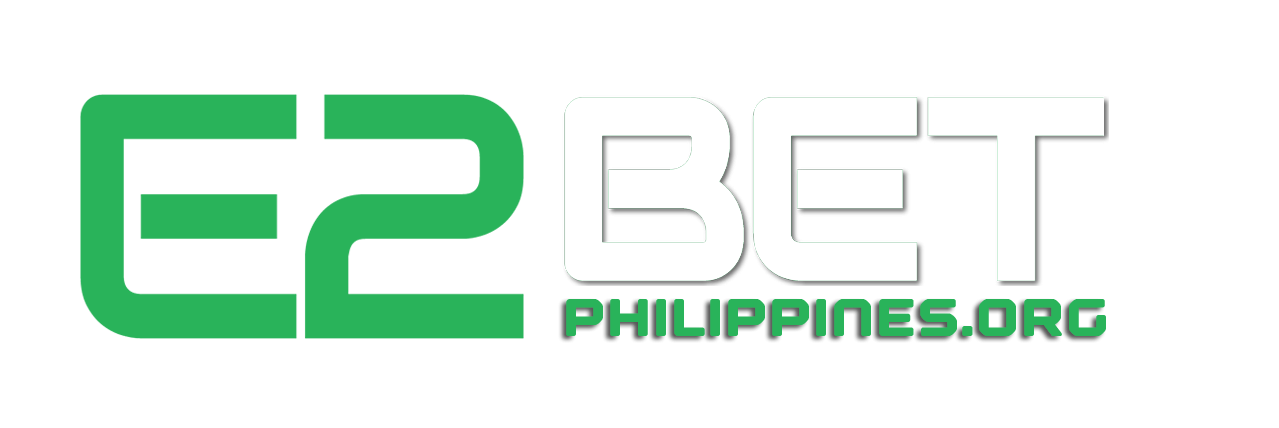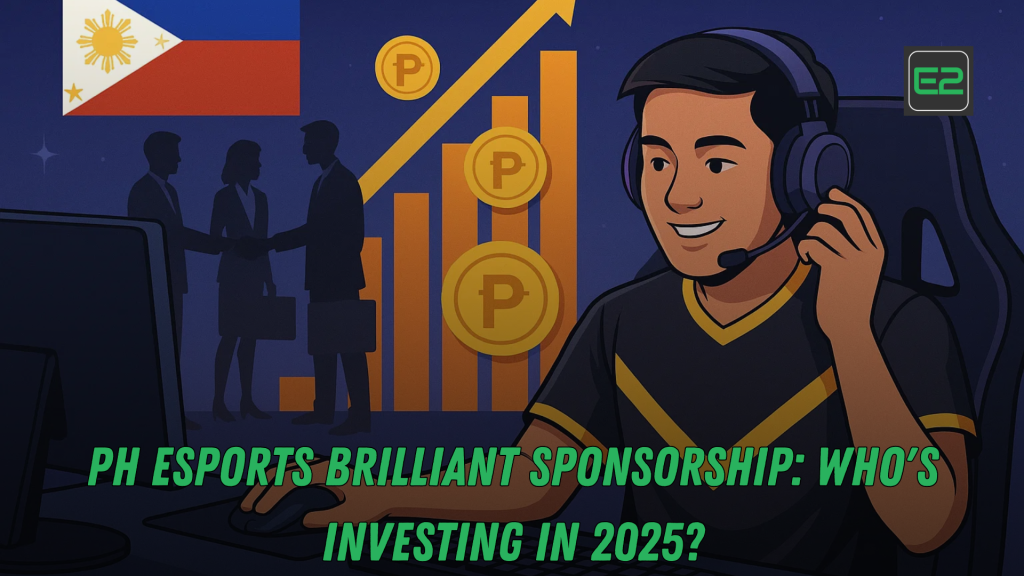Table of Contents
The PH esports landscape is evolving faster than any traditional entertainment medium. In 2025, brands are not just placing logos on jerseys — they are embedding themselves in the heart of gaming communities, livestreams, and digital conversations. This transformation has made PH esports sponsorship one of the most dynamic marketing frontiers in Southeast Asia. It’s no longer about exposure alone; it’s about deep, data-driven partnerships that connect brands with millions of young, tech-savvy, and emotionally invested fans.
In this extensive analysis, we’ll explore the future of esports sponsorship in the Philippines, identify who’s investing heavily in 2025, examine trends shaping the space, and uncover actionable strategies for teams, brands, and event organizers seeking sustainable value.
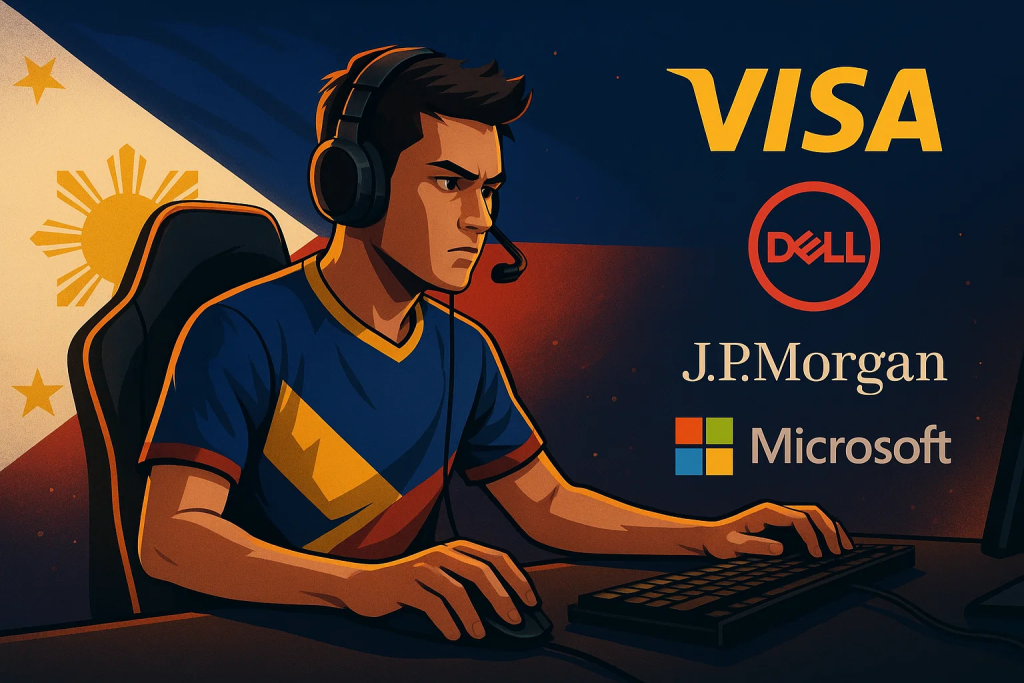
The Rise of PH Esports Sponsorship
Over the past decade, Philippine esports has grown from underground LAN cafés into a national phenomenon broadcast across mainstream television, social media, and major venues. What used to be small community tournaments has evolved into multi-million-peso productions that rival traditional sports events. The rise of competitive games such as Mobile Legends: Bang Bang, Valorant, Call of Duty Mobile, and PUBG Mobile has turned casual players into professional athletes and created fertile ground for PH esports sponsorship.
In 2025, esports viewership in the Philippines is projected to surpass 45 million, representing one of the highest audience penetration rates in Asia. This immense exposure, coupled with affordable mobile gaming access and high social media engagement, makes esports the perfect channel for brands seeking authentic youth connection.
Brands now see esports not merely as entertainment but as a lifestyle platform where they can build credibility, community, and conversion simultaneously. Sponsorships range from telcos offering free gaming data packs to banks launching digital wallets for in-app purchases, all the way to food and beverage brands designing limited edition gaming collaborations.
Why 2025 Is a Defining Year
The year 2025 is pivotal for several reasons. Firstly, regulatory structures are becoming clearer, allowing brands to invest confidently without compliance risk. Secondly, the Philippine Esports Organization (PESO) has enhanced its partnerships with government agencies and private corporations, standardizing league management and talent protection. Finally, post-pandemic momentum has revived in-person events, allowing brands to create immersive hybrid experiences — online and offline.
More than ever, a PH esports sponsorship has to achieve measurable returns. Gone are the days of “awareness only” metrics. In 2025, marketing executives demand engagement data, purchase conversion, fan retention analytics, and brand sentiment tracking. The fusion of technology and audience insight has redefined what successful sponsorship means.
The Driving Forces Behind Sponsorship Growth
Several macro forces are propelling the boom in PH esports sponsorship:
- Youth Demographics – Nearly 60% of Filipinos are under 30. This generation grew up with online games, influencers, and virtual ecosystems.
- Mobile-First Economy – Affordable smartphones and mobile internet access have democratized gaming across socioeconomic classes.
- Creator-Driven Culture – Streamers and esports influencers have replaced TV celebrities as brand ambassadors.
- High Engagement Rates – Filipino esports fans are some of the world’s most active social media users, providing organic amplification.
- Cross-Industry Convergence – Banking, telecom, energy drinks, tech hardware, and even fashion brands now invest in esports sponsorships.
This confluence of demographics, technology, and consumer behavior has made PH esports sponsorship one of the most promising marketing investments in the Asia-Pacific region.
The Top Industries Investing in PH Esports Sponsorship
1. Telecommunications
Telcos remain the cornerstone of the esports economy. By sponsoring tournaments, teams, and streamers, companies like Smart, Globe, and DITO are not just selling connectivity — they’re selling performance and identity. In 2025, data plans branded for gamers are standard. Free “game pass” promotions, tournament-exclusive bundles, and branded livestream overlays all reinforce telcos’ role as enablers of the gaming lifestyle.
A PH esports sponsorship from a telco is not only about exposure but about product utility. When fans experience faster ping or exclusive data bonuses, sponsorship becomes tangible value.
2. Banking and Fintech
Banks and digital payment platforms are integrating deeply into esports ecosystems. Sponsorship now goes beyond logos; it involves financing tournaments, creating reward systems for in-game purchases, and building brand awareness around financial literacy for gamers.
Digital banks partner with leagues to process player salaries and prize payouts, while fintech apps gamify their user onboarding through esports challenges. For these companies, PH esports sponsorship offers access to millions of Gen Z consumers entering the financial system for the first time.
3. Hardware and Device Brands
Hardware sponsorships remain essential. Brands like ASUS ROG, Acer Predator, Lenovo Legion, and Infinix dominate the esports hardware market by sponsoring events, distributing exclusive merchandise, and supporting local teams with gear. These collaborations help brands demonstrate performance credibility directly to consumers.
For mobile brands, PH esports sponsorship doubles as live product demonstration. When professional players win tournaments on a specific device, it becomes organic advertising at the highest level.
4. Food, Beverage, and Lifestyle Brands
Food delivery services, snacks, and beverage companies have discovered that gamers represent a loyal and recurrent consumption base. Sponsorships include event booths, discount codes, and co-branded packaging. Lifestyle brands, particularly apparel and streetwear, are also stepping in — merging gaming aesthetics with urban culture.
For FMCG brands, a PH esports sponsorship connects them to the elusive youth market while enabling product sampling at scale.
5. Education and Career Platforms
Universities and online learning institutions are embracing esports as a career pathway. Sponsorship includes scholarships, training camps, and collegiate tournaments. By linking education to gaming, institutions attract modern learners and redefine student engagement.
This trend positions PH esports sponsorship as not only entertainment but also empowerment — inspiring the next generation of professional players, analysts, and production staff.
Sponsorship Models in the Philippines
Team Sponsorship
Teams are the emotional anchors of esports fandom. When fans rally behind organizations like Bren Esports, Blacklist International, or Team Secret, they form micro-communities around shared identity. Brands partner with teams to embed themselves within this loyalty.
In a PH esports sponsorship model, brands provide funding, equipment, and marketing support in exchange for exposure across content, uniforms, and live events. The key is alignment — fans can tell when sponsorship feels forced. Successful examples involve long-term relationships where the brand supports the team’s growth journey.
Tournament Sponsorship
Tournament partnerships provide massive reach. National events such as the Mobile Legends Professional League (MPL), Call of Duty Mobile Championships, and collegiate esports cups attract millions of viewers. Sponsors typically secure naming rights, broadcast ads, booth spaces, and digital integration.
For brands entering esports for the first time, tournaments are a safe and high-visibility starting point for PH esports sponsorship, offering guaranteed impressions and controlled messaging.
Creator and Influencer Partnerships
The influence of Filipino streamers cannot be overstated. From YouTube Gaming to TikTok Live, creators drive fan engagement and content virality. Brands collaborate with influencers to produce organic storytelling — not scripted ads, but genuine experiences of using products or joining events.
For micro-brands and start-ups, working with influencers is an affordable path to PH esports sponsorship without the cost of major league contracts.
Platform-Level Partnerships
Game publishers and streaming platforms also provide sponsorship opportunities. Riot Games, Moonton, and Garena actively collaborate with local partners to produce branded tournaments and activations. Streaming platforms such as Facebook Gaming and Kick are expected to expand localized sponsorship integrations in 2025.
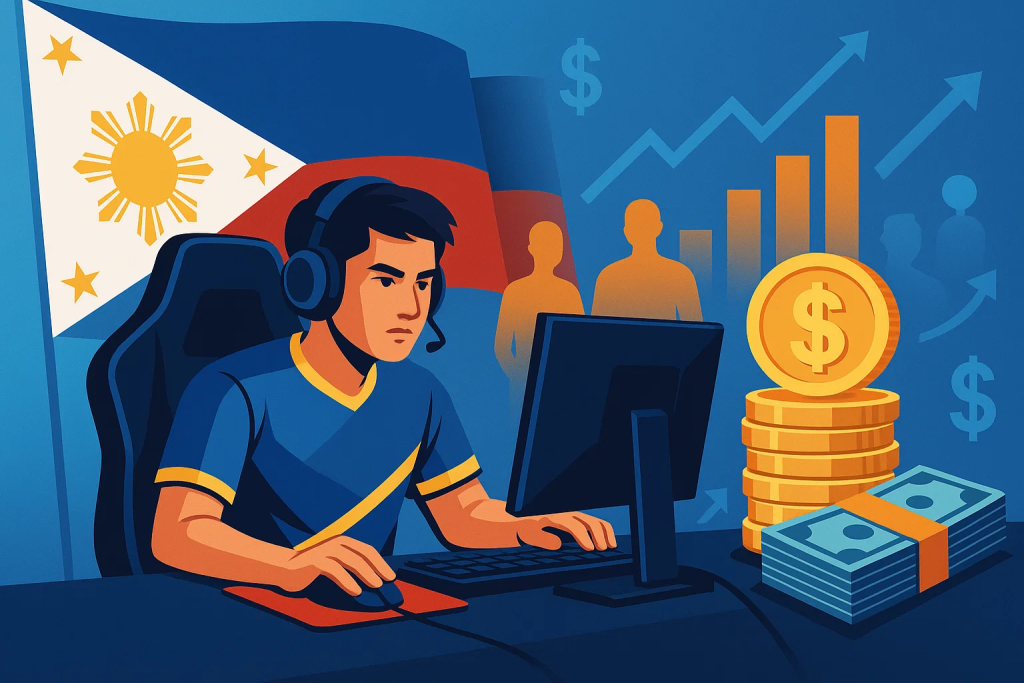
How Brands Measure Success
Modern sponsors use data analytics to track real impact. Here’s what defines success for PH esports sponsorship today:
- Reach and Impressions: How many unique viewers engaged with the brand across streams and social platforms.
- Engagement Quality: Comments, shares, and retention during brand segments.
- Conversion Metrics: Sales lift, coupon redemptions, or digital registrations tied to event exposure.
- Brand Sentiment: How audiences perceive the partnership based on post-event surveys and social analysis.
- Return on Experience (ROX): How much long-term affinity the sponsorship creates compared to traditional ads.
This shift from vanity metrics to behavioral outcomes has made esports one of the most measurable marketing channels in the Philippines.
Trends Defining PH Esports Sponsorship in 2025
1. Hybrid Events and Immersive Activations
Offline events are back, but they’re now enhanced by digital extensions. AR-enabled booths, 360-degree livestreams, and gamified QR experiences are standard. Sponsors are turning activations into multi-sensory experiences that blend physical and digital engagement.
2. Women-Led Teams and Inclusive Campaigns
Female gamers are rewriting the narrative. Brands are embracing inclusivity by supporting women-led tournaments and streamers. This diversity push expands reach while positioning sponsors as progressive and socially responsible.
3. Sustainability and Social Impact
Sponsors are tying their campaigns to positive causes — tree-planting drives, scholarship programs, and eco-friendly event setups. A PH esports sponsorship that supports a cause resonates with younger audiences who value purpose as much as entertainment.
4. Creator Economy Integration
Sponsorships are shifting from contracts to ecosystems. Brands now build creator networks where influencers, teams, and fans collaborate on co-branded challenges, short films, and limited-edition merchandise.
5. Localized Storytelling
Cultural authenticity has become a differentiator. Brands succeed when they integrate Filipino humor, language, and values into their campaigns. The best PH esports sponsorship strategies feel like they were made by fans, for fans.
The Business Case for Investing in PH Esports Sponsorship
A strategic PH esports sponsorship delivers multiple benefits:
- Cost Efficiency: Reaches millions of targeted viewers at a fraction of traditional media cost.
- High Retention: Gaming content retains viewer attention longer than ads on other digital platforms.
- Community Engagement: Fosters two-way interaction through comments, Discord servers, and live chat.
- Long-Tail Branding: Sponsored moments and memes circulate for weeks after events.
- Talent Development: Supports national competitiveness and youth employment in creative industries.
For multinational brands entering the Philippine market, esports sponsorship offers instant cultural relevance and youth credibility.
Challenges Facing Sponsors
Despite the promise, PH esports sponsorship isn’t without hurdles:
- Fragmented Ecosystem: Multiple leagues and publishers create inconsistent measurement frameworks.
- Short Attention Spans: Trends shift quickly; sponsors must adapt in real-time.
- Limited Long-Term Contracts: Many deals remain event-based rather than year-round.
- Brand Misalignment: Some brands struggle to connect authentically with gamer culture.
- Infrastructure Gaps: Venue logistics and broadcast quality can still lag behind regional competitors.
Forward-thinking organizations mitigate these issues by hiring dedicated esports managers, building data dashboards, and integrating sponsorship into broader digital strategy.
The Role of Government and Policy
The Philippine government recognizes esports as a legitimate athletic pursuit. Agencies now support tournaments through visa facilitation, safety standards, and funding programs. Public-private partnerships are emerging to promote the country as a regional esports hub.
Such backing gives investors confidence that PH esports sponsorship is not a passing trend but a sustainable ecosystem with institutional support.
What Makes an Effective Esports Sponsorship
To stand out in 2025, a sponsorship must check three boxes: authenticity, relevance, and measurable value.
- Authenticity means understanding the community before selling to it.
- Relevance means aligning the product to gaming lifestyles, not forcing a connection.
- Measurable value means clear objectives, from sign-ups to social engagement.
A sponsor that treats esports fans as co-creators, not consumers, earns lifelong loyalty.
The Future Outlook: 2025–2030
Over the next five years, the PH esports sponsorship landscape will expand into AI-powered analytics, metaverse integration, and cross-media storytelling. Sponsorship will become more performance-driven, with contracts tied to quantifiable sales or brand-lift outcomes.
University programs in esports management will professionalize the industry further. Traditional sports teams may launch their own esports divisions, blurring boundaries and attracting mainstream sponsors.
Ultimately, sponsorship will move beyond transactional deals toward genuine brand ecosystems — partnerships that create new products, social initiatives, and even co-owned intellectual properties.
A Playbook for Brands Entering PH Esports Sponsorship
- Research Before Reacting: Understand which games dominate the market, their demographics, and content formats.
- Start Small, Measure Fast: Launch pilot campaigns with clear conversion metrics before scaling.
- Collaborate with Creators: Choose ambassadors who embody the brand naturally.
- Leverage Cross-Platform Promotion: Combine esports with TikTok, YouTube Shorts, and live events.
- Integrate Community Rewards: Offer giveaways, scholarships, or charity tie-ins to deepen engagement.
- Invest in Data: Build dashboards to evaluate reach, conversions, and brand sentiment.
- Renew and Scale: Evolve sponsorships annually based on proven ROI.
This seven-step playbook ensures every peso invested in PH esports sponsorship contributes to both short-term engagement and long-term brand equity.
Call to Action
For companies seeking authentic engagement with Gen Z and Gen Alpha, now is the moment to act. The window of opportunity is wide open, but competition is fierce. Those who build early, data-driven relationships with gaming communities will dominate the next decade of digital marketing.
If you’re a brand strategist, a marketing director, or a start-up founder, take this as your sign: craft a pilot PH esports sponsorship that reflects your mission and provides genuine value to players and fans alike. The future of marketing is already playing out — on the virtual battlefield.
Final Thoughts
The Philippines stands on the brink of a global esports revolution, powered by creativity, community, and corporate confidence. In 2025, sponsorship isn’t just fueling tournaments — it’s building a national identity around resilience, talent, and digital innovation.
A strong PH esports sponsorship strategy transforms brands from spectators into stakeholders. Those who invest thoughtfully today will define tomorrow’s game.
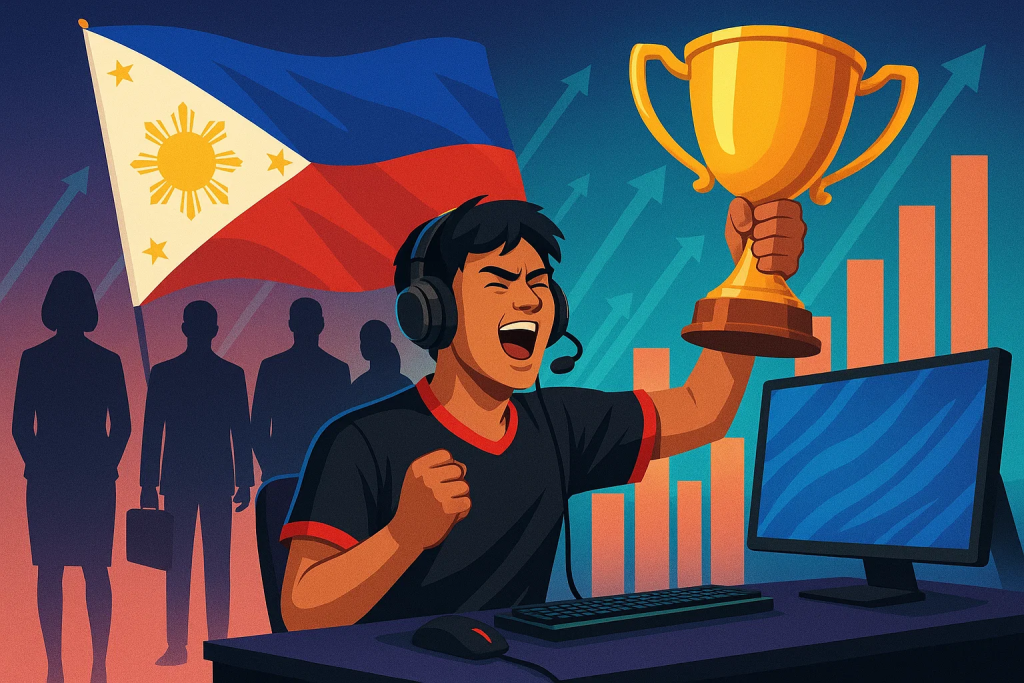
Frequently Asked Questions
1) Why is PH esports sponsorship so effective?
Because it combines entertainment, interactivity, and community. Fans engage longer with gaming content than with any other form of digital media, providing brands both attention and emotional connection.
2) Which brands are investing heavily in 2025?
Telecommunications firms, fintech apps, hardware companies, lifestyle brands, and educational institutions dominate sponsorship spending in 2025. These sectors see esports as the best gateway to youth markets.
3) How can small businesses join the esports ecosystem?
Local brands can start by sponsoring community tournaments, partnering with streamers, or providing event logistics. Small-scale PH esports sponsorship builds grassroots visibility at low cost.
4) How do sponsors ensure a positive brand image?
By maintaining transparency, promoting inclusivity, and supporting social causes linked to gaming. Fans reward brands that share their values.
5) What’s the long-term outlook for esports sponsorship in the Philippines?
The next five years will see exponential growth in structured leagues, hybrid events, and corporate participation. PH esports sponsorship is expected to double in total value by 2030, becoming one of the pillars of the Philippine digital economy.
